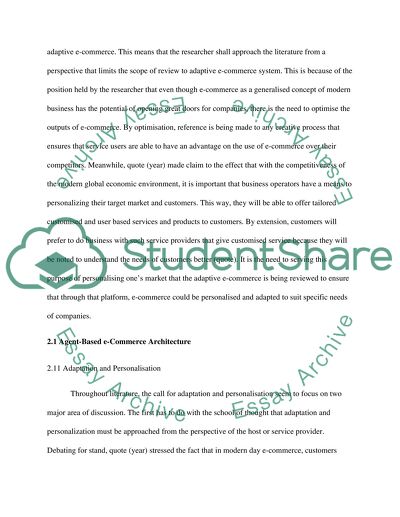Cite this document
(“Adaptive E-commerce system Literature review Example | Topics and Well Written Essays - 5000 words”, n.d.)
Retrieved from https://studentshare.org/information-technology/1632998-adaptive-e-commerce-system
Retrieved from https://studentshare.org/information-technology/1632998-adaptive-e-commerce-system
(Adaptive E-Commerce System Literature Review Example | Topics and Well Written Essays - 5000 Words)
https://studentshare.org/information-technology/1632998-adaptive-e-commerce-system.
https://studentshare.org/information-technology/1632998-adaptive-e-commerce-system.
“Adaptive E-Commerce System Literature Review Example | Topics and Well Written Essays - 5000 Words”, n.d. https://studentshare.org/information-technology/1632998-adaptive-e-commerce-system.


